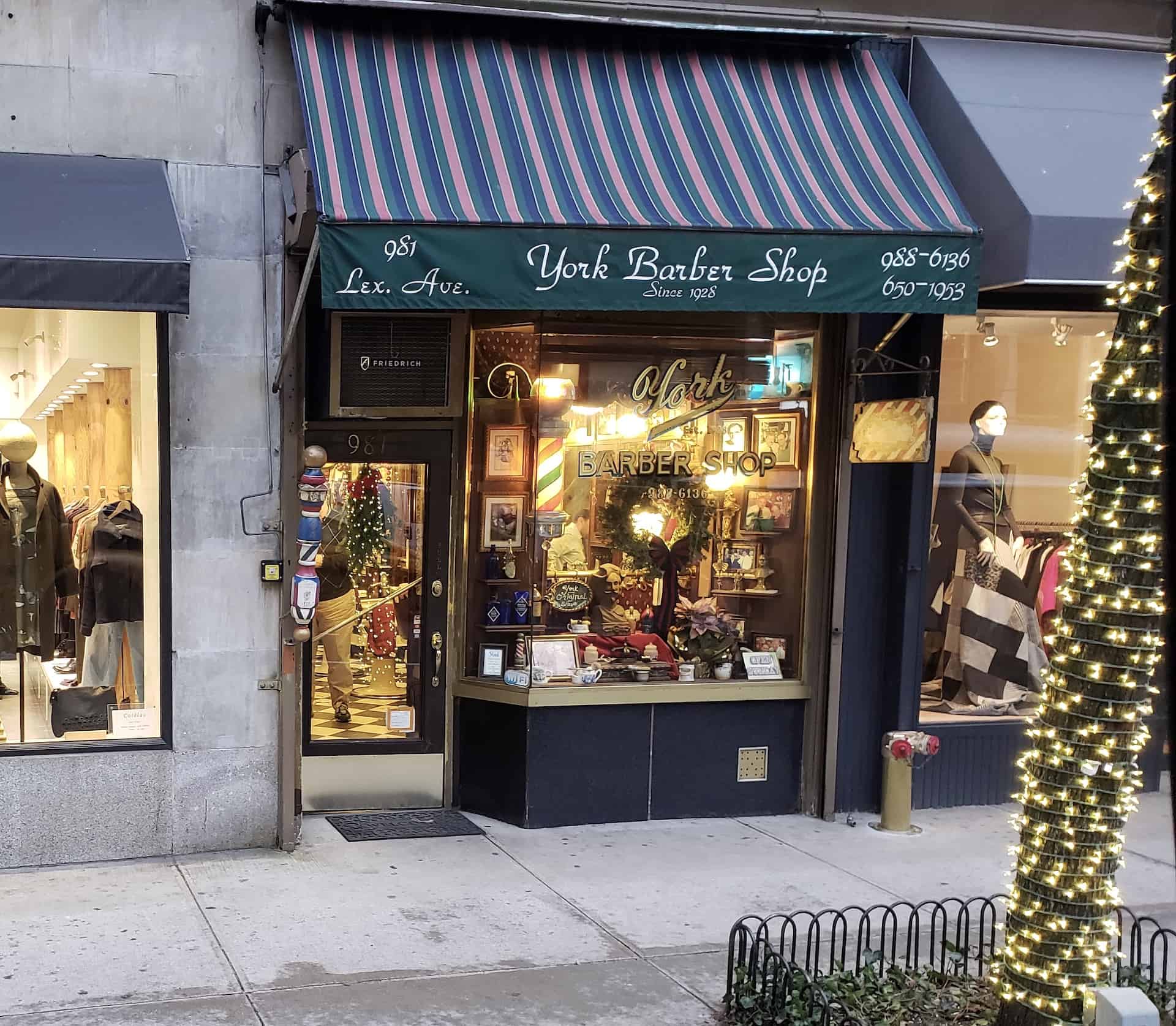Essential Sanitation Guidelines Every Hairdresser Should Apply to Promote Patron Safety
Wiki Article
Sanitation is a essential element of running a thriving barbershop. As specialists, barbers are accountable for preserving a hygienic environment to safeguard the safety and hygiene of their customers. This responsibility goes outside of simply sweeping the ground or sanitizing down surfaces. It involves comprehending and applying key sanitation practices that protect both the stylist and their patrons from possible hazards. From correct handwashing practices to the correct management of equipment, perfecting these methods is crucial for each barber.

Among the most vital sanitation procedures is proper hand care. Hair professionals should sanitize their palms properly with antibacterial soap and running water prior to and following all customer. This does more than get rid of grime and germs but also reduces the spread of illnesses. In instances where hand cleaning resources are not accessible, antiseptic sanitizing gels can be applied as an substitute. It is critical to care for areas such as below the nails and between fingers, as these areas can trap microorganisms. Regularly educating staff about the value of hand hygiene can greatly support a cleaner barbershop setting.
In addition to hand hygiene, proper washing and sterilizing of instruments are vital in a barbershop environment. Each tools, including hair clippers, shears, and styling tools, should be cleaned after each client with cleansing solution and running water, subsequently barbershop traditional barbering techniques disinfection using suitable agents. Disinfectants should be EPA-approved for effectiveness against germs and bacteria. It is also necessary to place tools in a sanitary condition, guaranteeing they do not come into contact with unclean areas. By consistently disinfecting and disinfecting equipment, stylists can reduce cross-contamination and protect their patrons safe from infections.
One more key procedure involves ensuring cleanliness read more within the barber shop environment. This covers routine cleaning practices for all spaces such as chairs, counters, and lobby spaces. Ground surfaces should be cleaned regularly, and spills should be wiped away at once to reduce hazards. Trash cans must be cleaned out often to avoid unpleasant odors and vermin issues. Guaranteeing that the shop is adequately ventilated helps maintain air quality, creating a more pleasant experience for customers. A sanitary shop not only encourages well-being but also improves the total reputation of the business.
Finally, grooming specialists should stay informed about health regulations and protocols from regional agencies regarding cleaning protocols. Joining training sessions can help barbers to stay updated on current best practices in cleanliness. Having understanding about disease-causing organisms and how to manage critical events can further strengthen patron well-being. Promoting an atmosphere that emphasizes well-being reflects credibility and creates loyalty with patrons who plan to revisit for subsequent appointments.
Mastering key cleaning protocols is crucial for all barber who aims to provide a safe environment for their clients. By emphasizing proper hand hygiene, consistent disinfection of equipment, ensuring shop hygiene, and remaining updated on safety guidelines, barbers can greatly minimize safety hazards in their shops. Ultimately, these steps not only safeguard clients but also contribute to a barber's professional success. A commitment to sanitation reflects a dedication to excellent care that patrons will appreciate and trust.